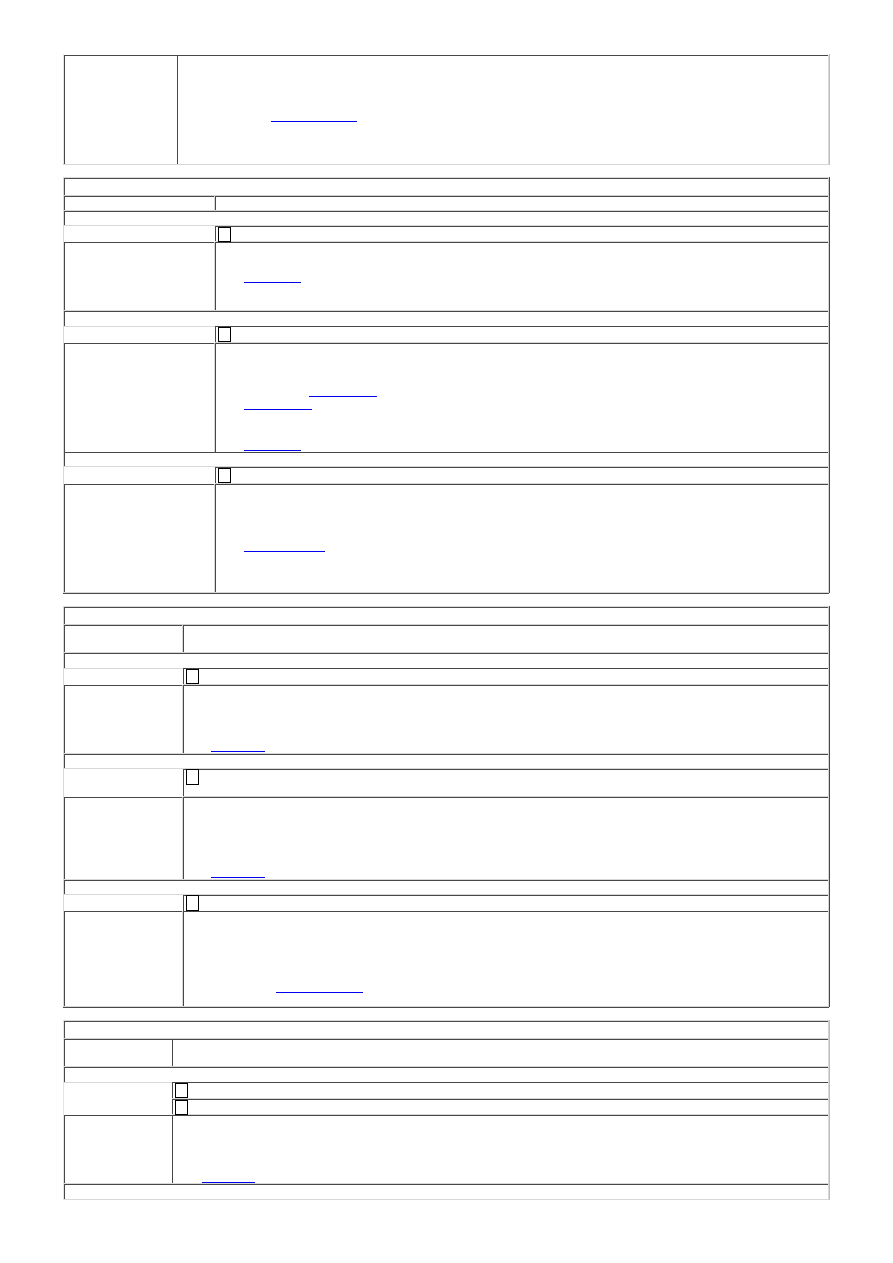Frelander 2. Manual - part 104

1
1
1
1
1
1
1
2
Is the power brake booster valve OK?
Yes
CHECK the brake booster. For additional information, refer to Brake Booster component test in this
section. INSTALL a new brake booster as required.
REFER to:
Brake Booster
(206-07 Power Brake Actuation, Removal and Installation).
TEST the system for normal operation.
No
INSTALL a new brake booster valve. TEST the system for normal operation.
PINPOINT TEST H : BRAKE LOCKUP DURING LIGHT BRAKE PEDAL FORCE
TEST CONDITIONS
DETAILS/RESULTS/ACTIONS
H1: TEST BRAKE LOCKUP
Road test the vehicle and apply the brake pedal lightly.
Do the brakes lockup?
Yes
GO to H2
.
No
Vehicle is OK.
H2: INSPECT BRAKE PADS
Inspect brake pads for contamination, correct installation, damage and type.
Are any concerns found?
Yes
INSTALL the brake pads correctly or INSTALL new brake pads as required.
REFER to:
Brake Pads
(206-03 Front Disc Brake, Removal and Installation) /
Brake Pads
(206-04 Rear Disc Brake, Removal and Installation).
TEST the system for correct operation.
No
GO to H3
.
H3: INSPECT BRAKE CALIPERS
Inspect brake calipers for binding, leaking or sticking.
Are any concerns found?
Yes
INSTALL the brake calipers correctly or INSTALL new brake calipers as required.
REFER to: Brake Caliper (206-03 Front Disc Brake, Removal and Installation) /
Brake Caliper
(206-04 Rear Disc Brake, Removal and Installation).
TEST the system for normal operation.
No
Vehicle is OK.
PINPOINT TEST I : BRAKES DRAG
TEST
CONDITIONS
DETAILS/RESULTS/ACTIONS
I1: ROAD TEST VEHICLE
Road test the vehicle and apply the brakes.
Are the brakes functioning correctly?
Yes
Vehicle is OK.
No
GO to I2
.
I2: CHECK BRAKE CALIPERS AND PARKING BRAKE CABLES
Check the front and rear caliper pistons and pins for binding, leaking or sticking and parking brake
cables for sticking/binding.
Do the disc brake caliper pistons and pins bind, leak or stick, or the parking brake cables stick/bind?
Yes
REPAIR or INSTALL new components as required. Test the system for normal operation. Road test
vehicle if necessary.
No
GO to I3
.
I3: CHECK BRAKE BOOSTER
Check the brake booster connecting rod alignment and travel.
Is the connecting rod OK?
Yes
Vehicle is OK.
No
INSTALL a new brake booster.
REFER to:
Brake Booster
(206-07 Power Brake Actuation, Removal and Installation).
TEST the system for normal operation.
PINPOINT TEST J : EXCESSIVE/ERRATIC BRAKE PEDAL TRAVEL
TEST
CONDITIONS
DETAILS/RESULTS/ACTIONS
J1: TEST ON ROUGH ROAD
Road test the vehicle on rough road conditions.
Apply the brakes slowly.
Is the brake pedal effort and brake pedal travel normal?
Yes
Vehicle is OK.
No
GO to J2
.
J2: CHECK BRAKE FLUID LEVEL